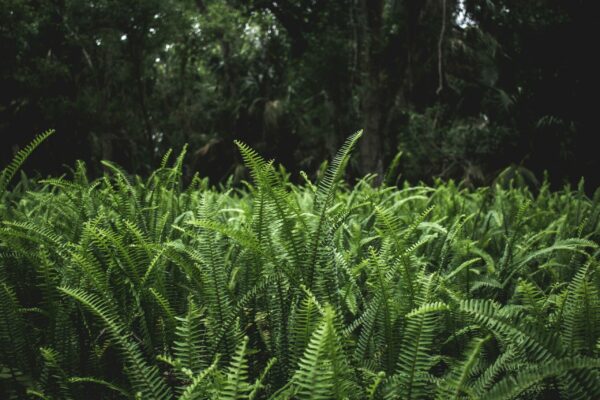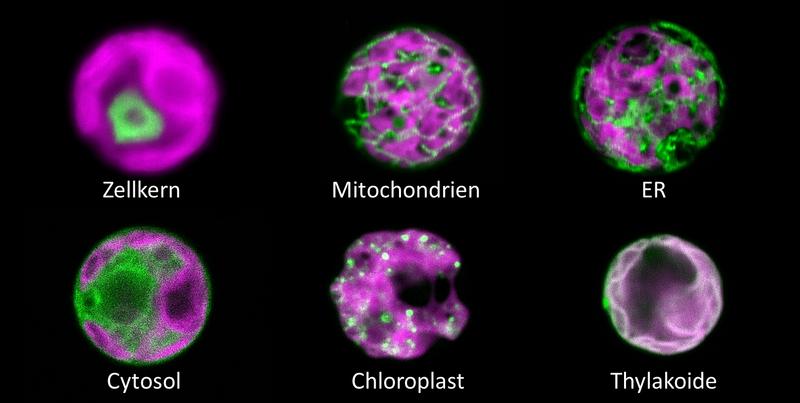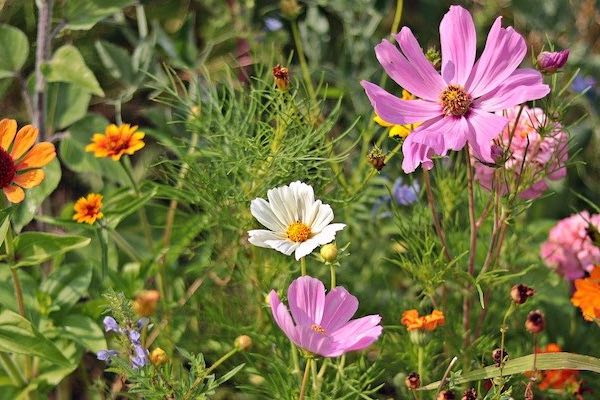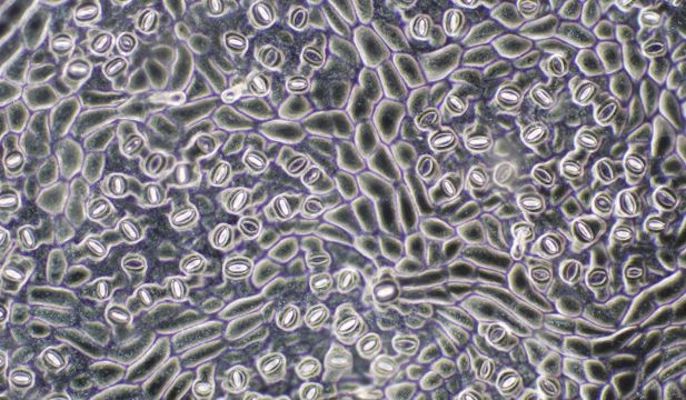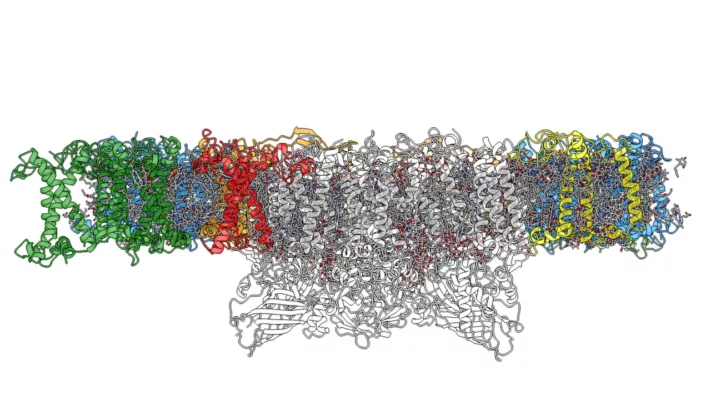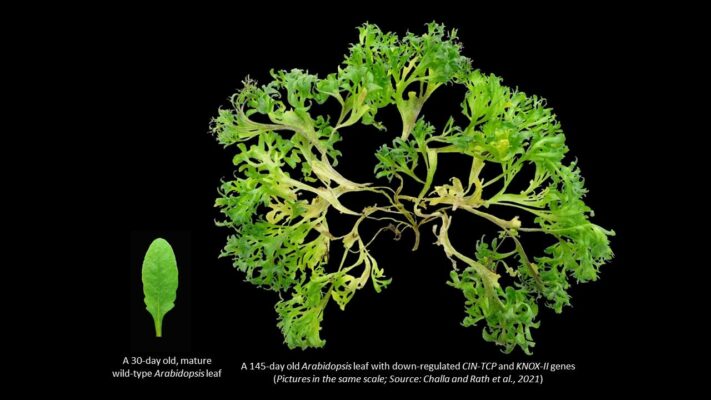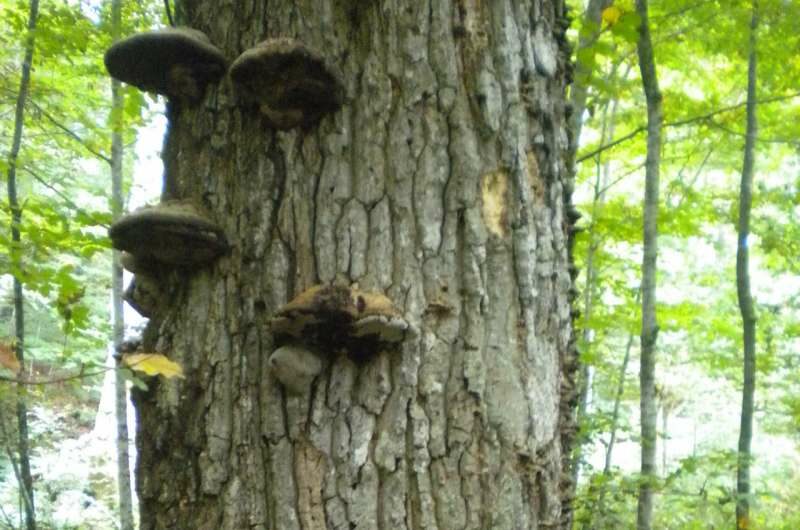
European old-growth forests are estimated to occupy only 0.7% of the total forested area; they are of prime ecological value, representing small vestiges of how Europe's past primeval forest may have looked. In addition, old-growth forests provide various and important…
Read More



